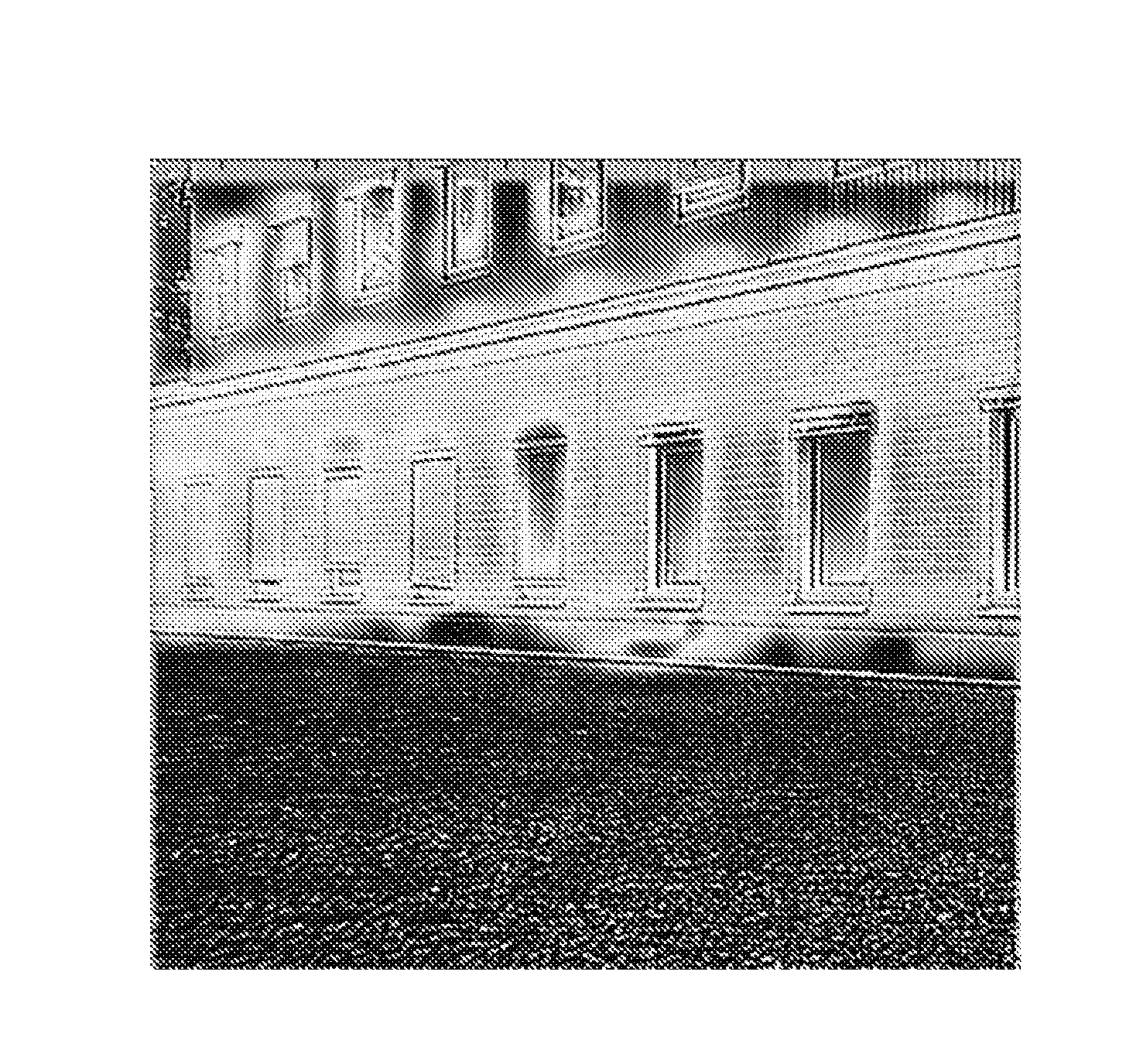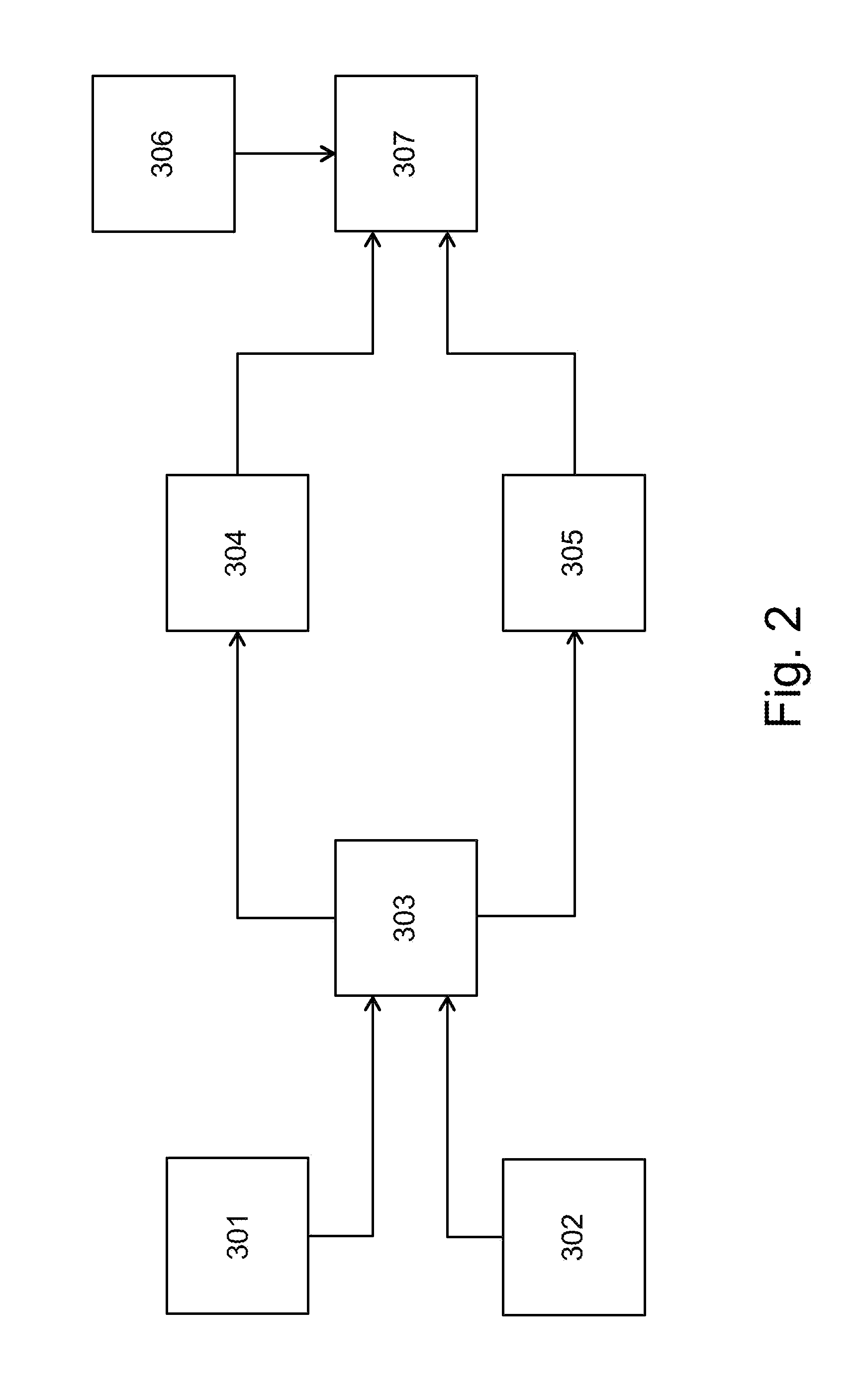Infrared resolution and contrast enhancement with fusion
a technology of contrast enhancement and infrared resolution, applied in the field of infrared resolution and contrast enhancement with fusion, can solve the problems of loss of details that are visible in the visual image, general difficulty in interpretation and confusion for users, and the inability to discern the difference between a red object and a hot object, for instance, or a blue object and a cold object, so as to achieve the effect of preserving clarity and interpretability of the resulting combined imag
- Summary
- Abstract
- Description
- Claims
- Application Information
AI Technical Summary
Benefits of technology
Problems solved by technology
Method used
Image
Examples
Embodiment Construction
In FIG. 1, an exemplary method according to an embodiment of the present disclosure can be seen. At block 101 a visual image is captured and at block 102 an IR image is captured. The visual image and IR image may be captured by an optical sensor and an IR sensor, respectively. After capture, the visual image and the IR image may be aligned at block 103 to compensate for the parallax between the optical axes that generally arises due to differences in placement of the sensors for capturing said images and the angle created between these axes because of mechanical tolerances that generally prevents them being mounted exactly parallel.
The blocks 101, 102 can be performed simultaneously or one after the other. In one example, the images may be captured at the same time or with as little time difference as possible, since this will decrease the risk for alignment differences due to movements of an imaging device unit capturing the visual and IR images.
After alignment at block 103, ensuri...
PUM
 Login to View More
Login to View More Abstract
Description
Claims
Application Information
 Login to View More
Login to View More - R&D
- Intellectual Property
- Life Sciences
- Materials
- Tech Scout
- Unparalleled Data Quality
- Higher Quality Content
- 60% Fewer Hallucinations
Browse by: Latest US Patents, China's latest patents, Technical Efficacy Thesaurus, Application Domain, Technology Topic, Popular Technical Reports.
© 2025 PatSnap. All rights reserved.Legal|Privacy policy|Modern Slavery Act Transparency Statement|Sitemap|About US| Contact US: help@patsnap.com



